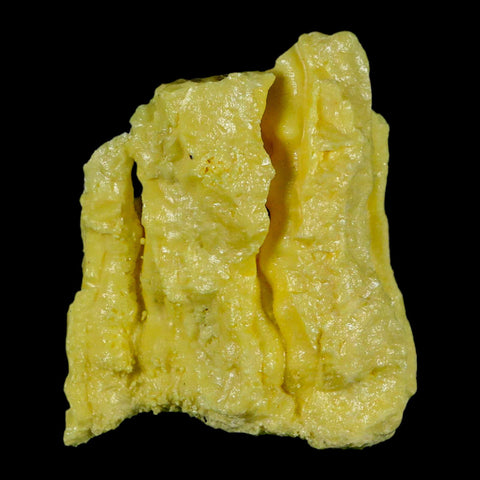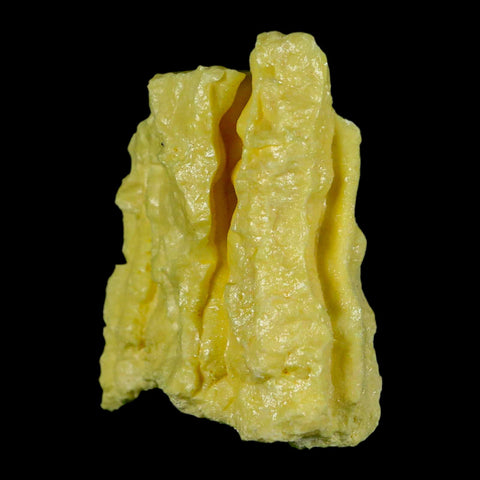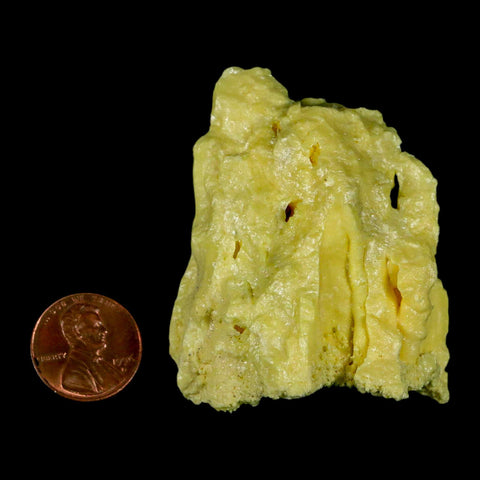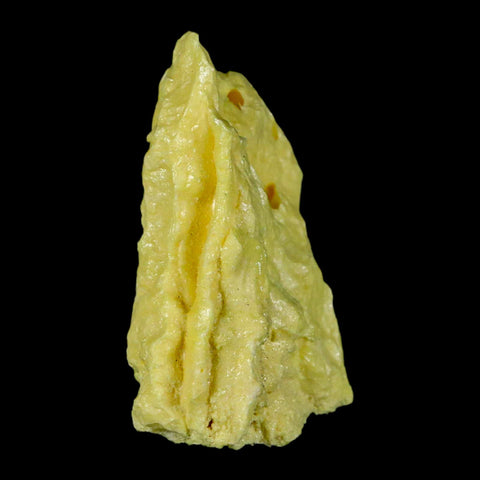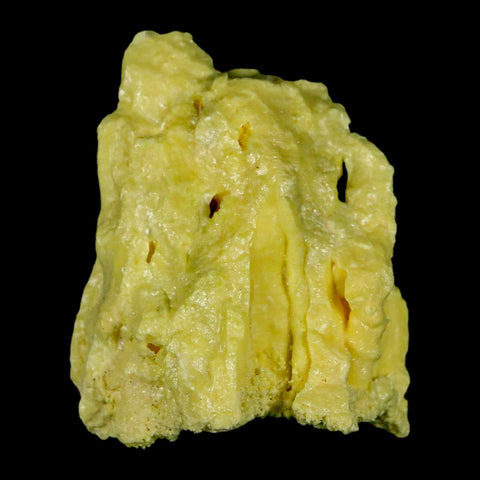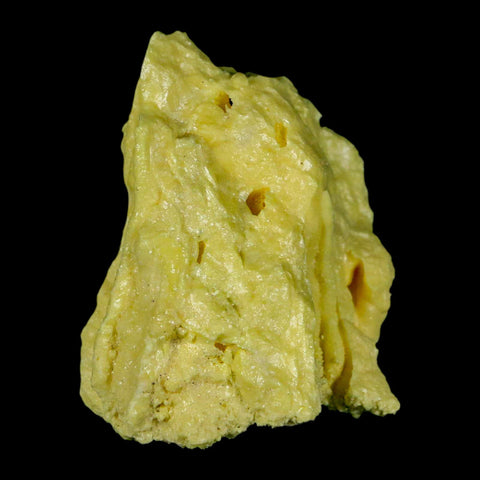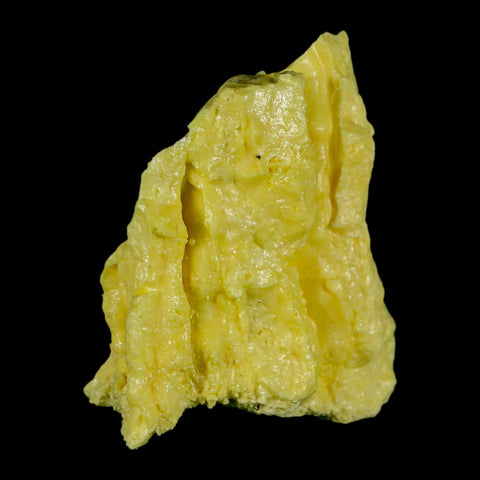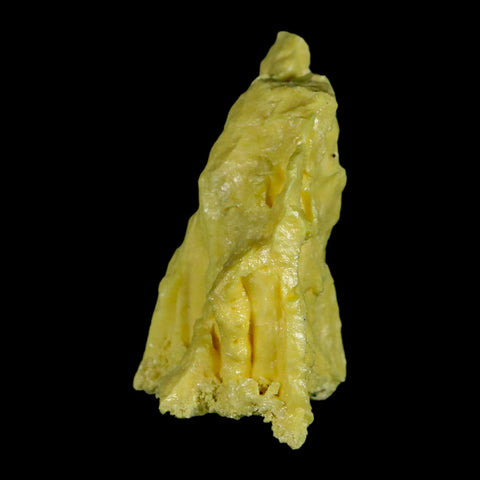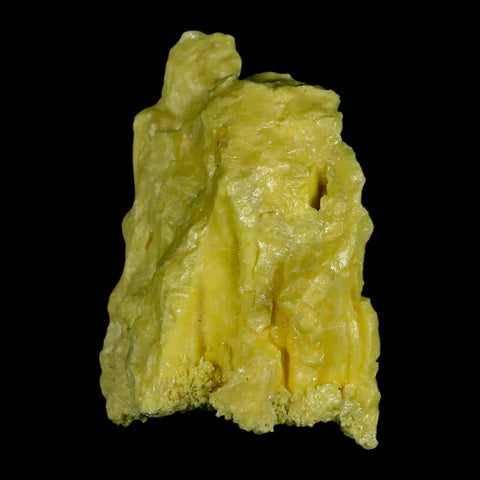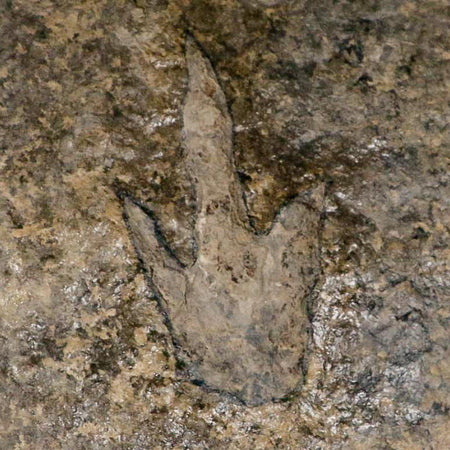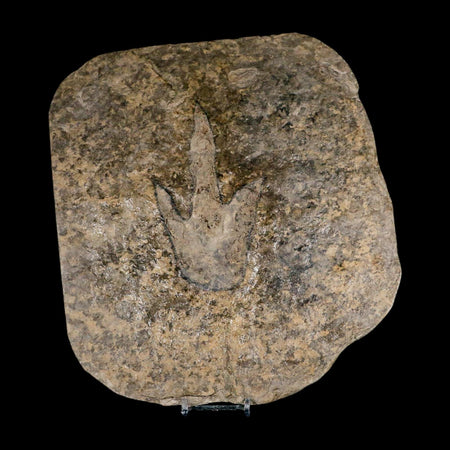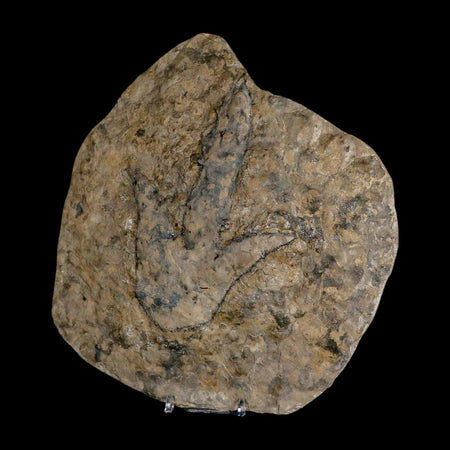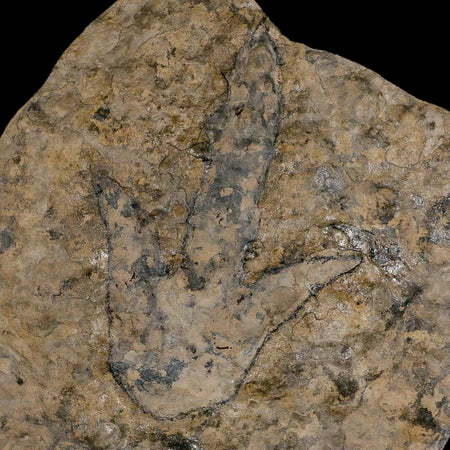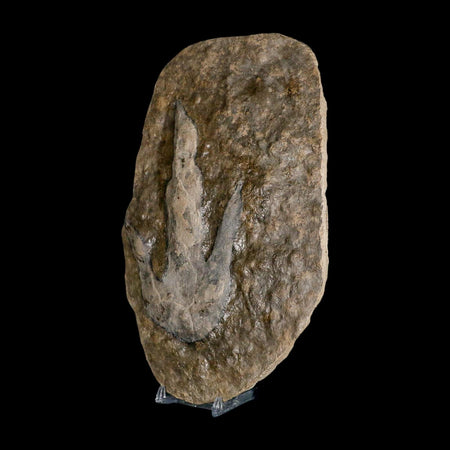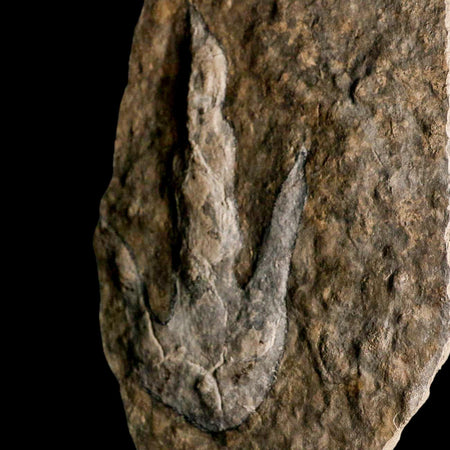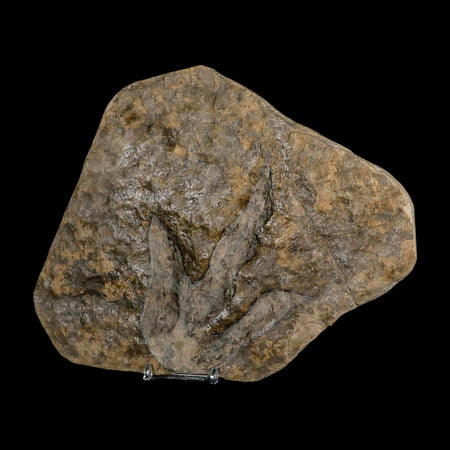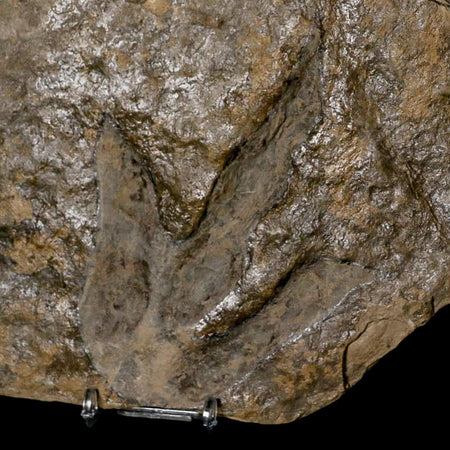2.2" Rough Bright Yellow Sulfur Crystal Mineral Specimen From Louisiana
Location: Sulfur, Louisiana, United States
Weight: 1.8 Ounces
Dimensions: 2.2 Inches Long, 1.8 Inches Wide, 1.1 Inches Thick
The item pictured is the one you will receive.
Sulfur, particularly native sulfur, has long held historical and economic importance in Louisiana due to its unique geological formation. The state’s sulfur deposits are primarily associated with the caprock of salt domes, a geological structure prevalent throughout the Gulf Coast region.
These sulfur deposits formed through bacterial sulfate reduction, a process in which bacteria reduce anhydrite (calcium sulfate) using hydrocarbons as an energy source. This generates hydrogen sulfide, which then reacts with oxygenated groundwater to produce elemental sulfur. This biogenic origin sets Louisiana’s sulfur deposits apart from those formed through volcanic or other geological processes.
Mining sulfur in Louisiana was historically challenging because of unconsolidated sediments and quicksand above the deposits. The Frasch process, developed by Herman Frasch, revolutionized sulfur extraction. This method involved injecting superheated water into the sulfur-bearing formations, melting the sulfur, and then pumping the molten sulfur to the surface using compressed air. The Frasch process made mining economically viable and positioned Louisiana as a major global sulfur producer for decades.
Today, Louisiana’s sulfur deposits and the innovative Frasch mining technique remain a key part of the state’s industrial heritage and provide insight into its unique geological history.
The extracted sulfur, often referred to as "brimstone," was a crucial raw material for various industries, including the production of sulfuric acid, fertilizers, chemicals, and explosives. The purity of Frasch-mined sulfur was typically very high, making it a desirable commodity. While the direct mining of sulfur in Louisiana has largely ceased due to economic factors and the availability of sulfur as a byproduct of natural gas processing, the historical significance of these deposits and the innovative mining techniques developed there remain important aspects of the state's industrial heritage and geological understanding.


